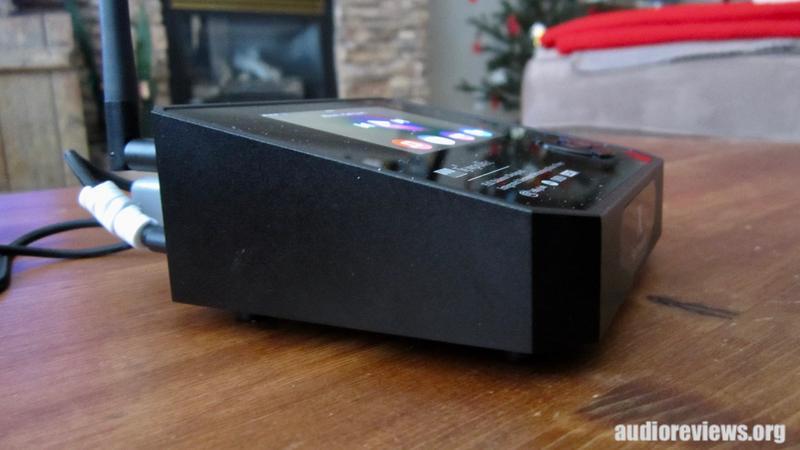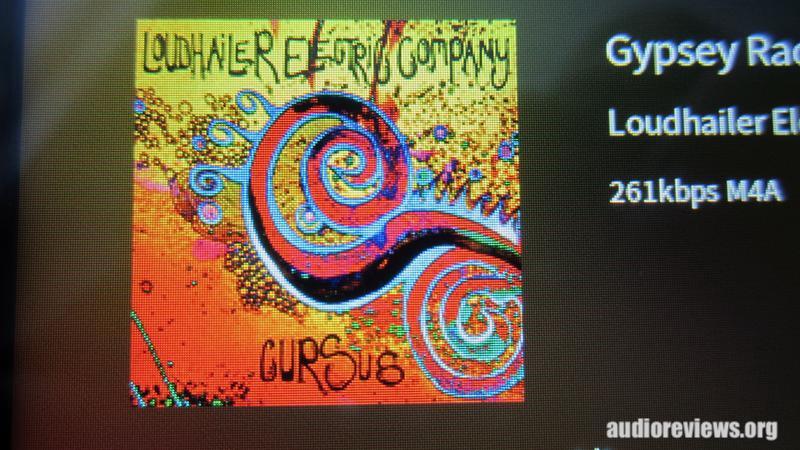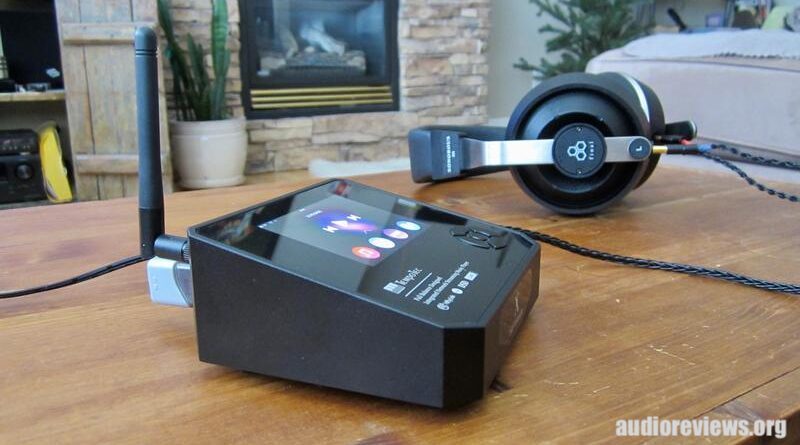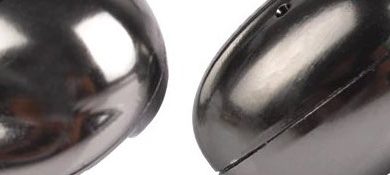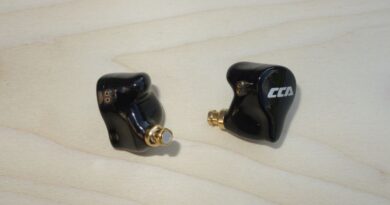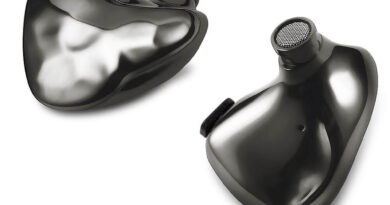TempoTec Serenade X Digital Desktop Player Review – Rocking The Jukebox
The $265 TempoTec Serenade X “Full Balance Designed Integrated Network Streaming Music Player” is a fabulous all-in-one mid-fi player that successfully marries functionality and sound. A complete package and a true pleasure on all fronts using it. Plays even lossless via Apple AirPlay 2...
PROS
- Proven standard sound
- Forward looking; 4.4 mm balanced only
- Balanced circuit with great headroom
- Dedicated (auto detectable) line out
- Plays lossless from Apple devices via AirPlay 2
- Firmware upgrades in HiBy OS
- Can be operated from smartphone with HiBy Link app
- Powerful enough for 300 ohm headphones
- Premium 4.4 mm to 3.5 mm adapter included
- Compact design: small footprint on desk (< CD jewel case)
- Well transportable
CONS
- No micro-SD card slot
- Not Roon ready
In this Article
The TempoTec Serenade X was kindly provided by the manufacturer, and I thank them for that. You find more information on the TempoTec website.
Introduction
TempoTec are a Chinese company that have come a long way recently. Previously best known for their budget DACs, they stepped into the limelight with their excellent V6 Digital Analog Player, a wonderfully tuned device at around a (very attractive) $329.
I became interested in the TempoTec Serenade X because I wanted to find out what it could do for us. After all, it is an unusually looking device. In short, it can do A LOT…it streams…per internet from the usual subscription services (Tidal, Qobuz etc.), per Bluetooth from your tablet/phone, per USB from the computer, external hard drive, or simply a USB stick…and per coax or Toslink (or USB) from your CD player. Did I forget anything?
The Serenade X excels through its functionality while having a decent however standardized, prefabricated sound through 2 standard SoCs.
| TempoTec devices we have analyzed to date |
|---|
Dongle DACs TempoTec Sonata BHD (Jürgen Kraus) TempoTec Sonata HD Pro (1) (Jürgen Kraus) TempoTec Sonata HD Pro (2) (Baskingshark) TempoTec Sonata HD II vs Tempotec Sonata E35 (Durwood) Digital Analog Player TempoTec V6 (Jürgen Kraus) |
Specifications TempoTec Serenade X
| DAC Chips/SoCs: 2 x ESS9219 (supports native DSD 256 and PCM 32 bit/768 kHz) MQA: full decoder (x 16), renderer (x 8) Inputs: USB-A / USB-C / Coaxial / Optical (SPDIF) Outputs: RCA /4.4 mm adaptive balanced (4 VRMS) Output Level: 285 mW @ 32 Ω THD+N: -112 dB SNR: 130 dB Output Impedance: ?Ω Sampling Rate: Support: Wifi, Bluetooth, Apple AirPlay 2 Bluetooth Specification: BT 5.0 (support SBC,AAC,aptX,aptX HD,LDAC) Touch Screen: 3.2″ Volume Control: digital Remote Control: HiByLink app Dimensions: 12 x 10.5 x 4.5 cm Tested at: $265 Product Page/Purchase Link: TempoTec.net Firmware Download: TempoTec website |
Physical Things
In the package are the device, a screw-on Bluetooth antenna, the 12V power supply, a USB-A to USB-C cable, 1 HiBy 4.4 mm (female) to 3.5 mm (male) adapter, 1 GB USB-thumb drive, a microfibre cleaning cloth, and the usual paperwork.
The TempoTec Serenade X is an unusually shaped device and appears like the love child of a tablet computer and a RC Battery Charger.
The chassis is made of metal and the whole top is reflective glass. The latter contains a relatively small 3.2″ touch screen of intermediate resolution – which does the job for me. The build quality is fine. What may be confusing, initially, is that most functionality is handled by the touch screen, but some (for example volume) by a set of physical buttons.
The Serenade’s X footprint is rather small (12 x 10 x 4.5 cm) and all you need is a wall socket. This makes it attractive for small desks and even hotel rooms.
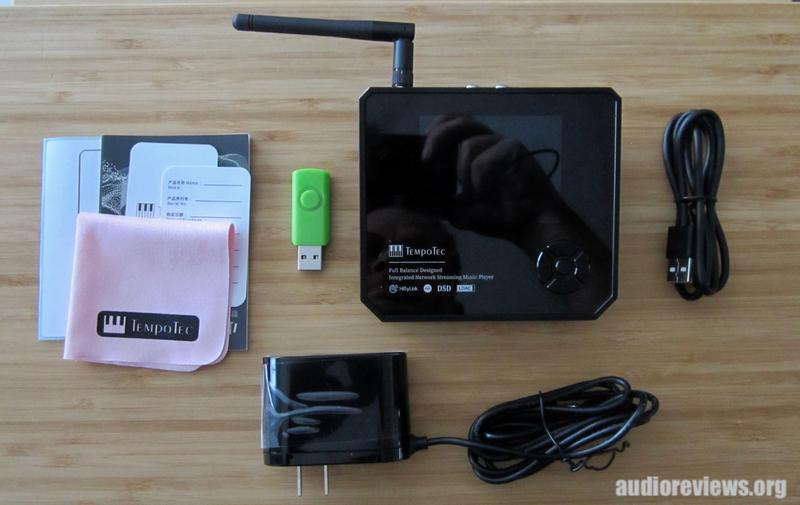
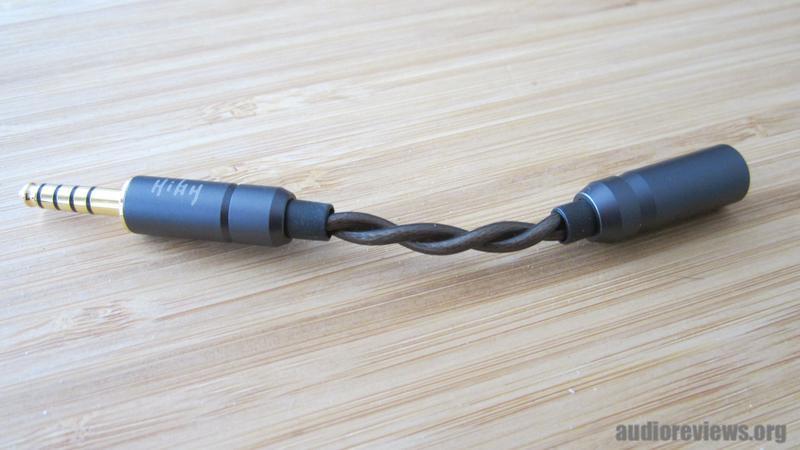
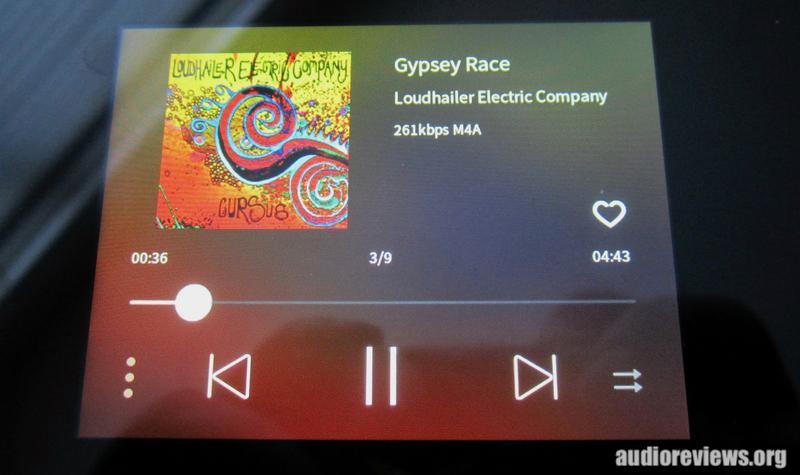
Technology/Architecture
The Serenade X sports a dual ESS9219C chipset (“System on Chip” or “SoC”) for a fully balanced design. This means DAC and amp are on the same chip. This saves space however creates a somewhat prefabricated sound and amplification.
And since DAC and amp cannot be separated, it is not possible to create a digital output. All outputs are therefore analog.
All functionality is controlled by a FPGA digital management circuit. Volume is controlled digitally by hardware button and by the HiByLink mobile app.
Firmware can be downloaded from the TempoTec website and easily updated via a USB stick.
Interface
Top Panel
Contains all control functions via the touch screen and a button panel. Operation is intuitive.
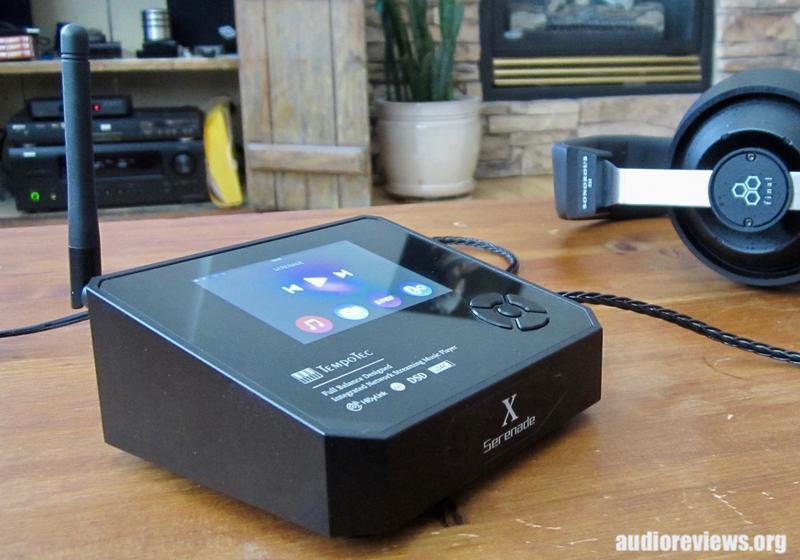
Back Panel: I/O
All inputs are digital, the outputs are analog. You can connect CD players, daps, DACs, and computer via S/PDIF (coax, optical), USB-A and USB-C. On the receiving end you can connect 4.4 mm plugs (headphone or amp) for balanced operation, and RCA interconnects for single-ended amplifiers.
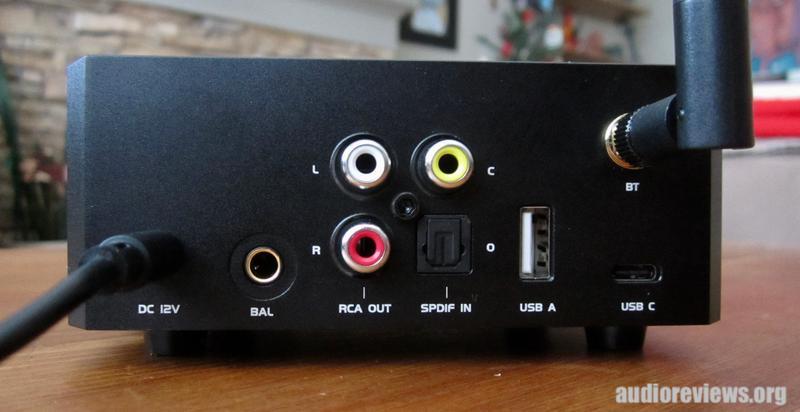
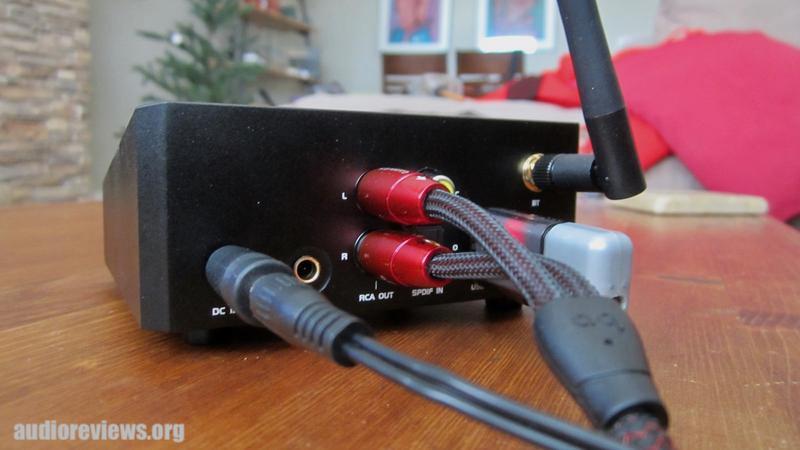
Functionality and Operation
The Tempotec Serenade X is an incredibly versatile device.
It does
- play music through balanced headphone circuits and balanced or single ended external amplifier
- play music from wireless sources: Tidal & Qobuz (Wifi), Apple AirPlay 2 (“Apple Music”) & Bluetooth (“Spotify”) etc. (from computer, phone)
- play music from wired sources: coaxial & S/PDIF (CD player, DAC, dap), USB-A & USB-C (computer, dap, internal HiBy player)
- feature the HiBy player that can be controlled from your phone via the free HiByLink app
- let you tweak the sound with HiBy’s very smart MSEB parametric equalizer
- let you update the Firmware through a set of files downloaded directly or through a computer from the TempoTec website.
It does not have
- integrated Spotify (can be mitigated by streaming from phone/computer via Bluetooth)
- Roon capabilities
- digital outputs (cannot connect to an external DAC)
- a microSD card slot (can be mitigated by a USB adapter)
Whilst this list is somewhat overwhelming, the menu is intuitive and self explanatory. I will explain the most important features and workarounds as follows.
Menu System
The touch screen displays a compact menu that lets you access and choose the various inputs including streaming services, wireless connectivities, settings, the HiBy music player, and the MSEB (which stands for “Mage Sound 8-ball”). MSEB is a parametric, very intuitive EQ.
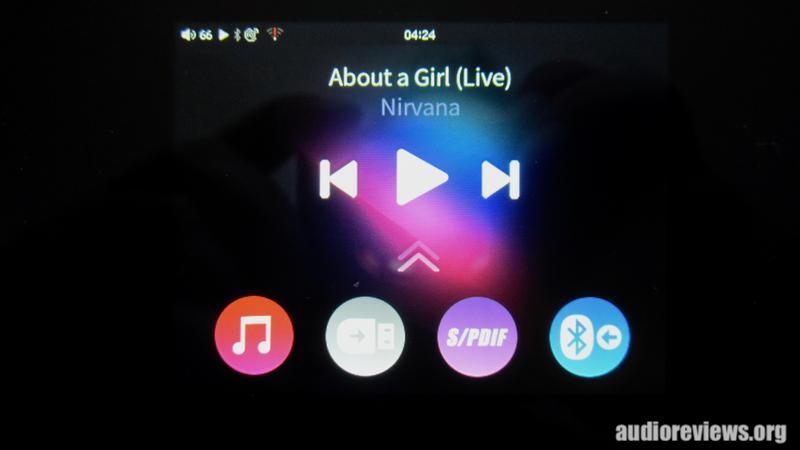
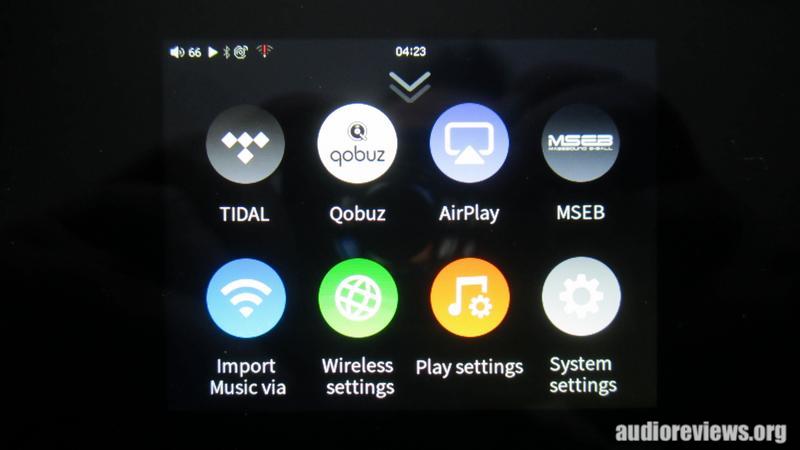
Wireless Options
Apple AirPlay 2 vs. Bluetooth 5.0 vs. Wifi
The Serenade offers these three wireless input possibilities.
Wifi: does not allow for direct streaming, it just transfers data to a connected drive.
Bluetooth & Apple AirPlay 2: you can play music from your computer/phone via Bluetooth (all current codecs) or Apple AirPlay 2. Both work differently.
Bluetooth uses a direct connection whereas AirPlay 2 connects via the network. This allows for bigger data streams including images so that AirPlay 2 can play lossless, Bluetooth cannot. Apple users frolic.
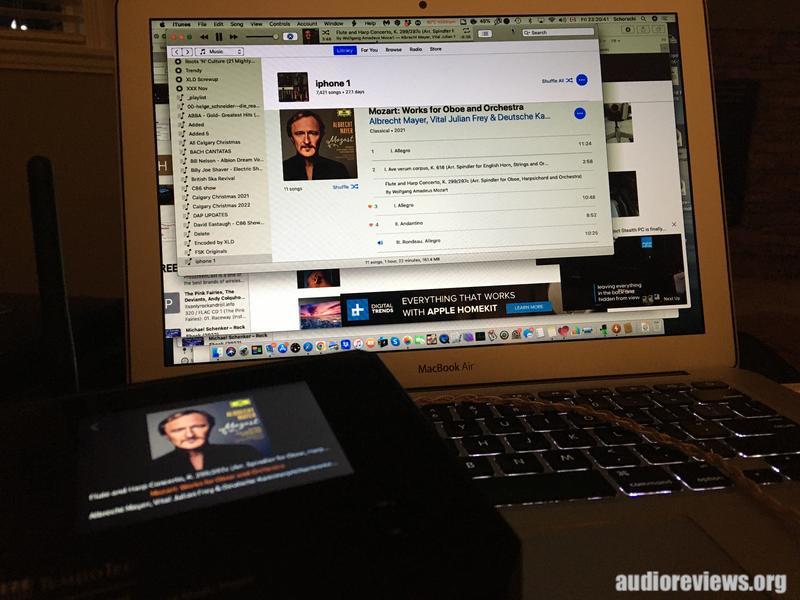
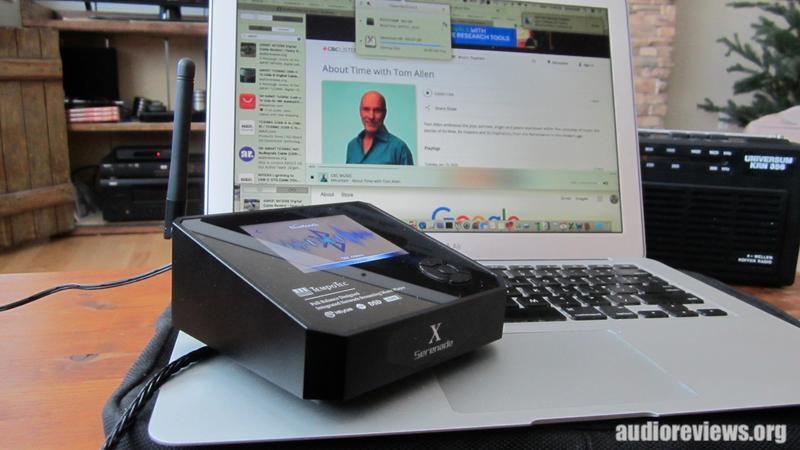
Streaming Services
Tidal, Qobuz: you can connect to and control Tidal and Qobuz via Wifi through the Serenade’s interface.
Apple Music: streams lossless from your phone or Mac with Apple AirPlay 2. Album art shows on Serenade X’s screen.
Spotify: There is no Spotify option in the menu, which you can stream via Bluetooth from your phone or computer. The downside is “no cover art”, just a generic screen on the Serenade X’s display.
Wired Options
Toslink/optical: CD-players, DACs, and my old Questyle QP1R dap have optical line outs.
Coaxial: works with most DACs and CD players.
USB-A, USB-C: connect your thumb drive, SSD, or similar with your music library on it.
No micro-SD card slot? Not a problem. Use a USB memory-card reader.
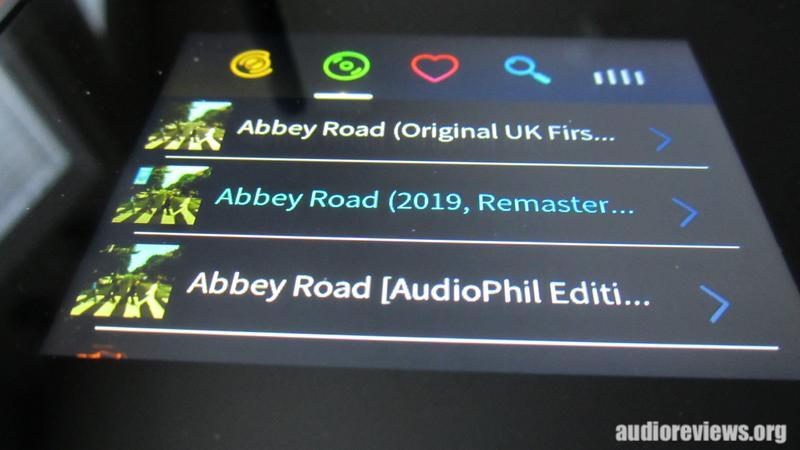
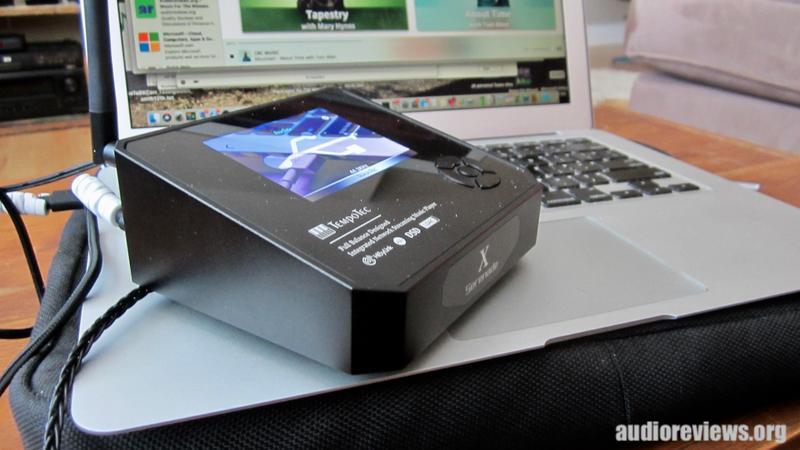
Integrated Option: The HiBy 3.0 Music Player with HiBy Link Remote
The Serenade X features a built-in HiBy music player which you also find in many digital analog players. It is sourced by an external drive. I use a 128 GB thumb drive. The free HiByLink app turns your phone into a remote (if your headphone cord is longer than your arms).
The HiBy music player is also on the TempoTec V6 and the Hidisz AP80 Pro-X (and many more). It is intuitive, offers lots of tweaks (for example an MSEB), and it sounds better than Apple’s Music player on my iPhone.
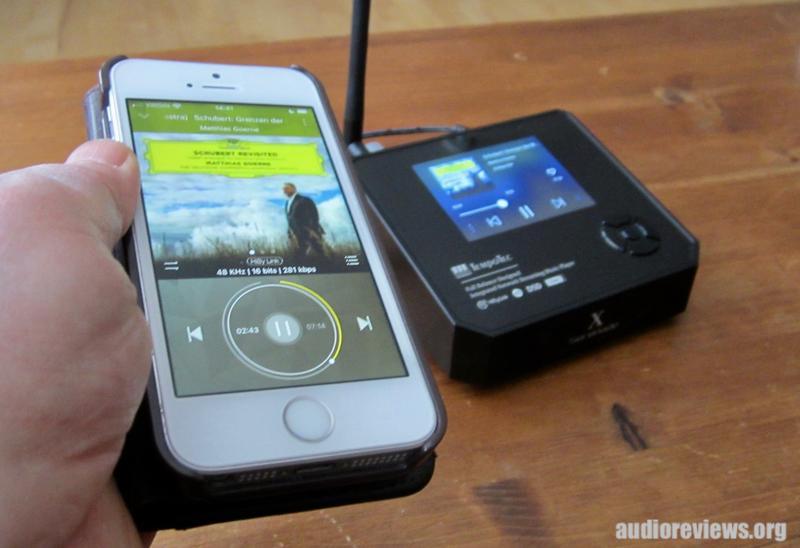
Sound and Amplification
| Equipment used: MacBook Air |Apple AirPlay 2 | modified Sennheiser HD 600 and Final Sonorous III headphones. |
As mentioned, the Serenade X features 2 standard SoCs, that is DAC and amp are on the same ESS chip. This creates a standard sound and output power as experienced, for example, in the Qudelix-5K, Hidizs XO, FiiO BTR5, a few Shanlings, and the Hidizs AP80 Pro-X dap. The amplification (see specs) is powerful enough to drive my 300 Ω Sennheiser HD 600 with ease.
The audio engineer cannot manipulate the analog output stage and the amp, and only has the option to put fllters and/or components at the end of it, as done in the Questyle M15. I assume the latter was the case as the Serenade X sounds livelier and faster than other devices using these SoCs.
As with the peers, the sound is still off analyical-neutral into very slight colour, with good extension at both ends. What’s improved over the standard sound is better transparency and a more vivid, crisper presentation. The balanced circuit makes for an especially large headroom. I also find the resolution very good. There is no hint of stridency and the timbre is very good. I picked the finest details out of a transcribed Mozart oboe concerto.
So whilst audio snobs may role their eyes, the combination of balanced and AirPlay 2 make for a well-rounded, enjoyable listening experience.
Serenade X vs. Dongles and DAPS
After we have explored all input and out options, a compact functionality comparison with DAPs and phones with dongles is warranted.
| Serenade X | Dongle DAC + Phone | Digital Analog Player (DAP) |
|---|---|---|
| Mains operated S/PDIF input — Bluetooth in DAC function Apple AirPlay 2 (in) RCA analog outputs 4.4 mm balanced line out | Battery operated — Digital output Bluetooth out — Apple AirPlay 2 (out; iPhone only) — — | Battery operated — Digital output Bluetooth in and out DAC function — Dedicated 3.5 mm line out (some devices) Some devices |
Concluding Remarks
I usually don’t give recommendations, but this is an easy one if the special funcionality and “balanced sound quality” fits your needs. I really enjoy using the Serenade X simply because of its versatility and have done so for hours and hours: it is a small, intelligent, and reasonably powerful all-in-one device.
Until next time…keep on listening!

Disclaimer
Our generic standard disclaimer.


Gallery
